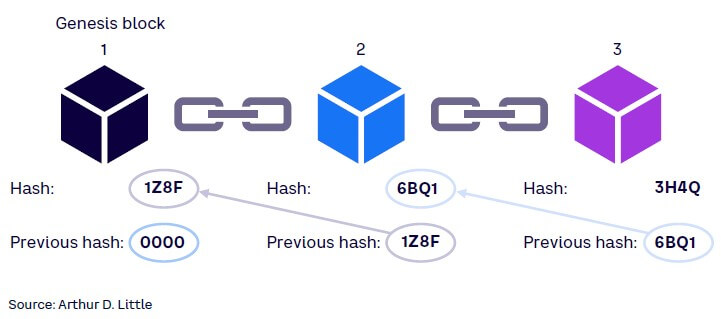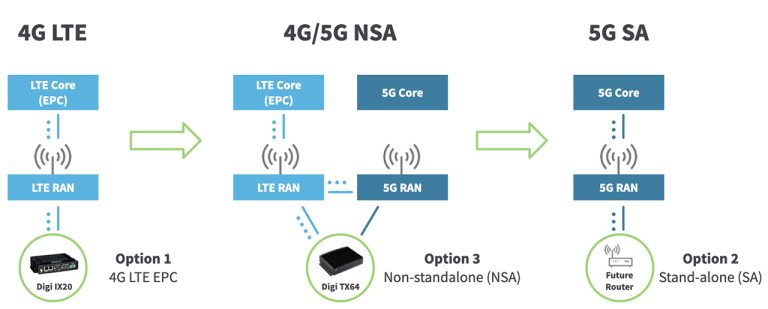LTE Public Safety Features: Download PDF & PPT Guide
telcomatraining.com – In today’s fast-paced world, public safety organizations require fast, reliable, and secure communication systems. Traditional land mobile radio (LMR) networks such as TETRA and P25 have served this role for decades, but the rise of Long Term Evolution (LTE) has brought new opportunities for enhanced emergency response and disaster management. This article explores the most important LTE public safety features, why they matter, and how you can download PDF & PPT guides for further learning.
What is LTE for Public Safety?
LTE (Long Term Evolution) is a high-speed wireless broadband technology commonly used in commercial mobile networks. However, in the context of public safety communications, LTE is adapted and enhanced to provide mission-critical features such as priority access, reliability, and interoperability for first responders, government agencies, and emergency services.
Unlike consumer LTE networks, public safety LTE must meet stringent requirements for:
- Reliability: Continuous service during natural disasters or network congestion.
- Security: End-to-end encryption and secure authentication for sensitive communications.
- Interoperability: Ability to connect multiple agencies, from police and fire to medical and disaster relief.
Key LTE Public Safety Features
1. Mission-Critical Push-to-Talk (MCPTT)
MCPTT allows instant group communication, similar to walkie-talkie systems but with the advanced capabilities of LTE. It provides:
- Low latency voice communication.
- Support for large groups.
- Integration with video and data sharing.
2. Priority and Preemption
During emergencies, commercial networks often become congested. Public safety LTE ensures that first responders receive priority access and can preempt lower-priority traffic to guarantee connectivity.
3. Enhanced Security
LTE public safety features include strong encryption protocols, user authentication, and secure network slicing. This prevents unauthorized access and ensures sensitive information remains confidential.
4. Group Communication System Enablers (GCSE)
GCSE supports efficient group calls and data sharing, allowing large numbers of responders to communicate simultaneously without network overload.
5. Video and Data Transmission
Unlike traditional LMR systems, LTE allows for real-time video streaming, file transfer, and situational awareness tools, which are critical for modern public safety operations.
6. Proximity Services (ProSe)
This feature enables device-to-device communication without relying on a network tower. It is particularly useful when infrastructure is damaged or unavailable.
Benefits of LTE for Public Safety Agencies
- Improved Coordination – Seamless communication across agencies.
- Faster Decision-Making – Real-time data and video feeds.
- Scalability – Support for thousands of users in large-scale events.
- Cost Efficiency – Potential to integrate with commercial LTE networks while maintaining security.
- Future-Proof Technology – Migration path to 5G public safety networks.
Challenges of LTE Public Safety
While LTE offers many advantages, agencies must address:
- Coverage gaps in rural or remote areas.
- High deployment costs compared to traditional LMR.
- Training requirements for responders transitioning to new technology.
- Network resilience in extreme disaster conditions.
Download PDF & PPT Guide
To help agencies, students, and professionals understand LTE public safety features more effectively, we have prepared comprehensive guides in PDF and PPT formats. These resources include:
- Detailed explanations of LTE architecture.
- Use cases for emergency response.
- Diagrams and workflow charts.
- Comparison with traditional LMR systems.
- Future outlook: LTE to 5G evolution.
👉 [Download the LTE Public Safety Features PDF Guide here]
👉 [Download the LTE Public Safety Features PPT Slides here]
(Insert actual download links where relevant.)
Conclusion
LTE has transformed how public safety organizations communicate, providing faster, more secure, and more reliable connectivity than ever before. With features like MCPTT, priority access, encryption, and real-time data sharing, LTE is becoming the backbone of next-generation public safety communication systems.
By downloading the PDF and PPT guides, you can explore LTE public safety features in greater detail and understand how they can improve emergency response efficiency, safety, and collaboration.







